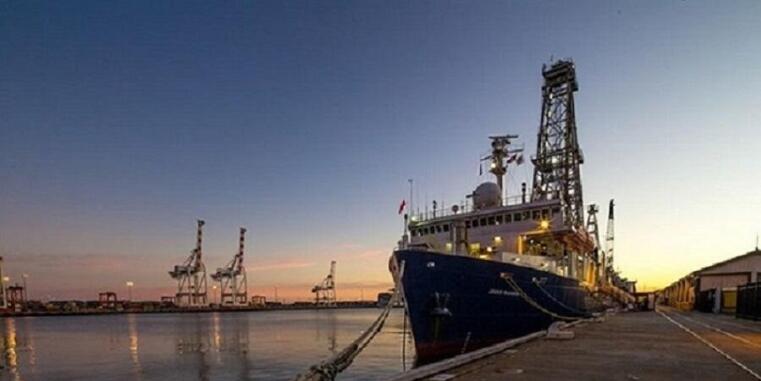
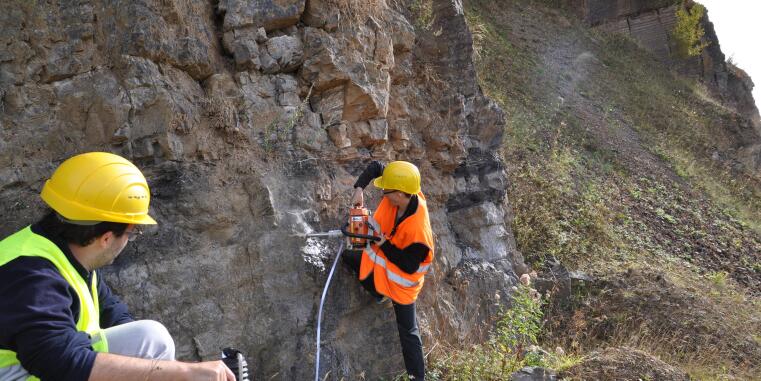
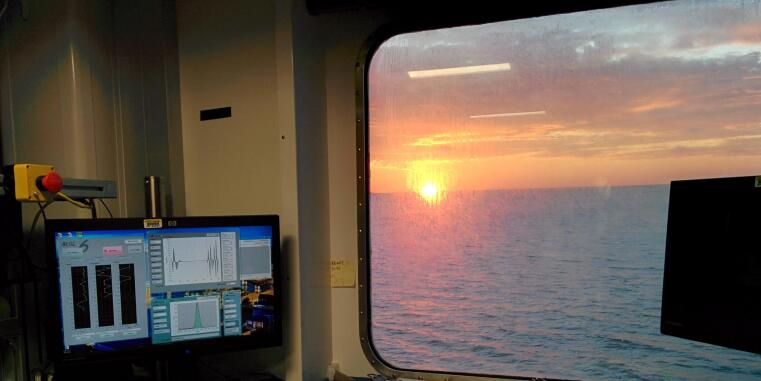
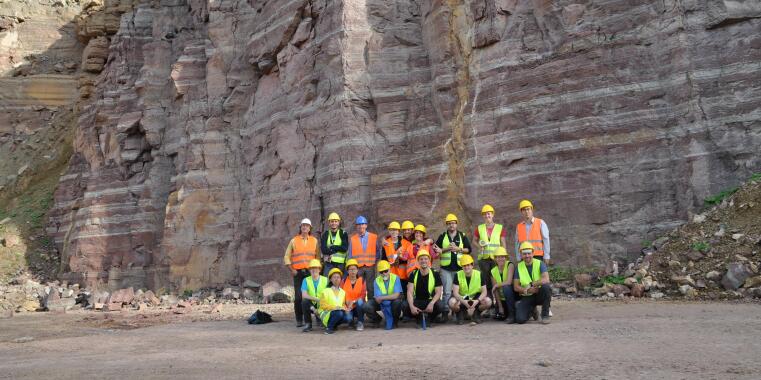
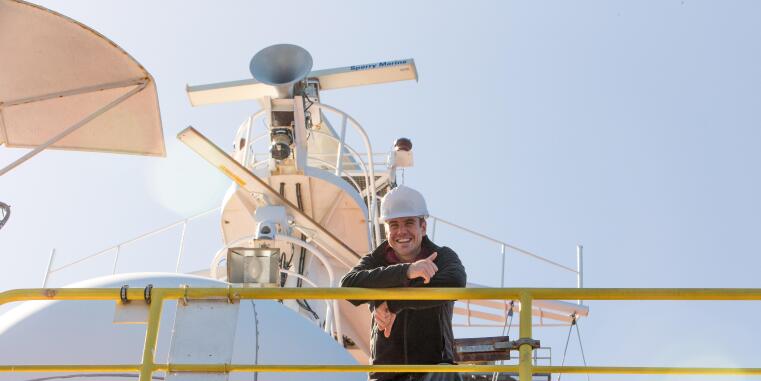
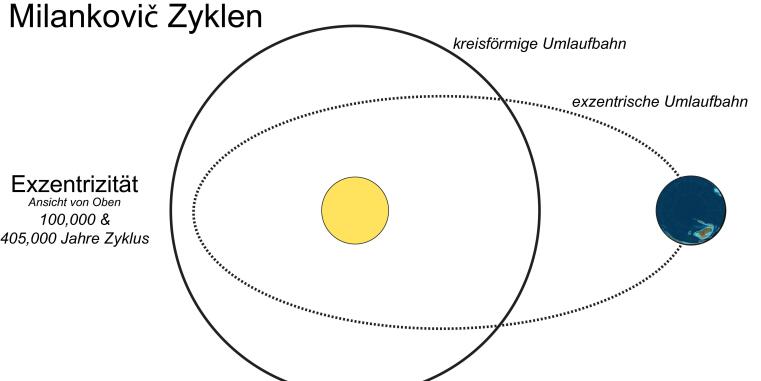
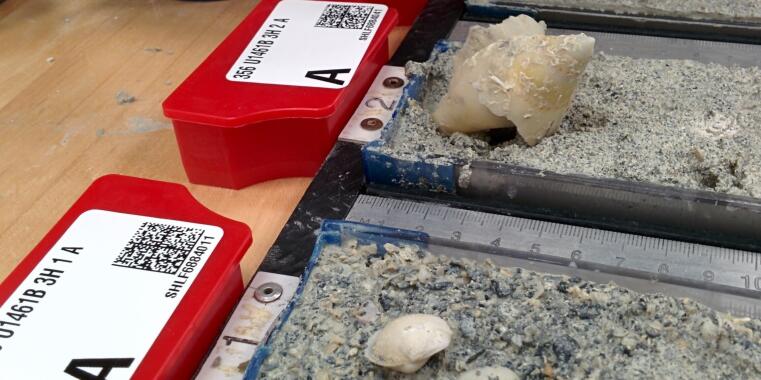







The working group Earth System Science at Universität Münster focusses on the question:
Why do the climate system and the global carbon cycle respond differently to astronomical Milankovitch forcing under different boundary conditions?
The term “boundary conditions” can refer to any element in the Earth’s system that has been significantly different in the geologic past. For example, a planet with unipolar ice-sheets, a planet without 8000 m high Himalayan mountains, a planet with a wide-open Indonesian Throughflow, or a planet with more than 500 ppm CO2 in the atmosphere.
To answer the above question, we study Earth’s history throughout the geological Eras, with a focus on the Late Devonian (~375 Ma), the Eocene (~40 Ma), and the Miocene-to-recent (last 23 Myr). None of these time slices are perfect analogues for the Anthropocene, yet they are worth studying as they provide valuable insights into the machinery of the climate system under boundary conditions much unlike today’s.
Obviously, the age of the sediment(ary rock) under investigation is very different between the geological Eras, but our work always shares a common objective: Integrating the paleoclimate and geochronology aspects of the sedimentary archives to better constrain how much and how fast our planet has been changing.
To do so, we go on fieldwork (on outcrops as well as sea-going expeditions), we carry out laboratory measurements (isotopic, elemental and geophysical proxies), and we use numerical approaches for data analysis and visualization.

In her postdoctoral research, Arianna Del Gaudio aims to quantify Australian carbon shelf burial and its connection to Late Pleistocene climatic patterns. Around 1 million years ago, the Early to Middle Pleistocene Climate Transition (EMPT) occurred, causing a shift in the frequency of glacial-interglacial cycles and a significant decrease in pCO2 concentrations during glacial periods compared to early Pleistocene times. The reasons behind this sudden change in the global carbon cycle and the specific carbon reservoirs where the additional CO2 was stored during glacial periods after the transition remain open questions. Arianna Del Gaudios methodology involves carbon isotope analyses of carbonate and organic matter, as well as total organic carbon measurements, to quantify changes in export productivity and organic carbon burial on the West Australian Shelf.
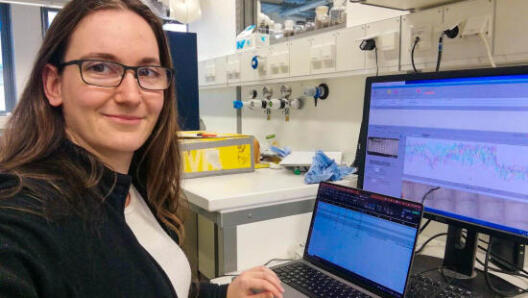
In her postdoc, Nina Papadomanolaki aims at constraining the role of orbitally-driven changes in terrestrial weathering during past intervals of climate change. The influence of temperature-dependent weathering on CO2 drawdown and nutrient supply to the ocean (and thus, marine organic carbon burial) will be tested using the cGENIE Earth system model of intermediate complexity. Three intervals of past climate change and ocean deoxygenation will be targeted: the Devonian Upper Kellwasser event, the Cretaceous Oceanic Anoxic Event 2, and the Paleocene-Eocene Thermal Maximum of the Paleogene.

In his PhD, Rohit Samant aims to reconstruct the temporal and spatial evolution of the Australian climate over the last 23 Myr by applying the Dynamic Time Warping technique and natural gamma radiation data from industrial and scientific sites. This project will improve the quality, temporal range, and spatial coverage of offshore hydroclimate records for the Australian continent and identify links between Australian and global climate evolution.

In his PhD, Jakob Quabeck aims at investigating a potential systematic link between the flux of cosmic material and Earth's orbital eccentricity throughout the Phanerozoic. Subject of this study are cyclic Late Devonian and Early Carboniferous sequences in the Ardennes and the Rhenish Massif. These sediments were deposited in a high CO2 setting and enable the reconstruction of paleoclimatic shifts in relation to cyclic changes in insolation. Furthermore, Pleistocene loess sediments will be targeted for cyclostratigraphic and paleoceanographic analysis.
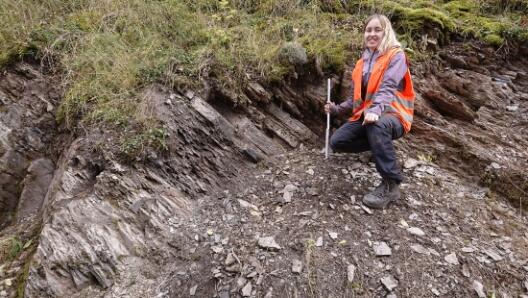
In her postdoc, Nina Wichern aims to reconstruct the Earth-Moon distance at 3.2 Ga by extracting the precessional signal from a shallow marine sedimentary succession of the Moodies Group in the Barberton Greenstone Belt, South Africa. Obtaining an Earth-Moon distance estimate for this interval is crucial for reconstruction of the tidal dissipation history of the Earth-Moon system, which in turn is a cornerstone of the next generation of astronomical solutions. The primary cyclostratigraphic analysis will be carried out on XRF core scan data from one of the recently drilled ICDP BASE cores. These data will be supplemented with sedimentological data from the field in order to produce an integrated framework of the depositional history of the studied succession and its linkage to astronomical forcing.
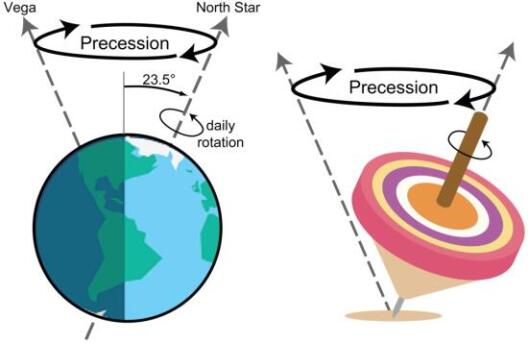
The study of astronomical climate forcing and the application of cyclostratigraphy have experienced a spectacular growth over the last decades. Indeed, cyclostratigraphy is a powerful tool to understand paleoclimate change, as well as to read geologic time in sedimentary sequences. Therewith, cyclostratigraphy exists at the intersection between astronomy, paleoclimatology and stratigraphy.
Get to know more about cyclostratigraphy on the open-access learning platform www.cyclostratigraphy.org
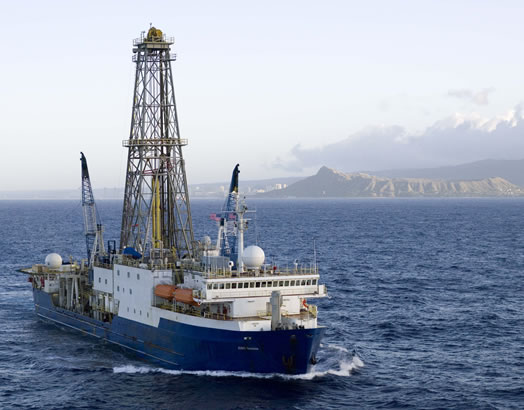
Paleoceanography is the study of ancient oceans and their interactions with the Earth's climate system. By examining sediment cores from the ocean floor, paleoceanographers can reconstruct past climate conditions, ocean circulation patterns, and biogeochemical cycles. This field of study provides valuable insights into how the ocean has responded to past climate changes and how it may respond to future ones.
The Earth System Science working group in Münster specializes in analyzing ocean sediment cores from all ocean basins, with a particular focus on the Indian Ocean and the inter-ocean connections between the Indian and the Pacific Ocean. Specifically, we study the Indonesian Throughflow in the north and the Tasman Gateway in the south of Australia. By examining sediment cores from these regions, we can better understand the mechanisms behind ocean circulation patterns and their effects on climate. Our research contributes to a broader understanding of the Earth's past, present, and future ocean systems.